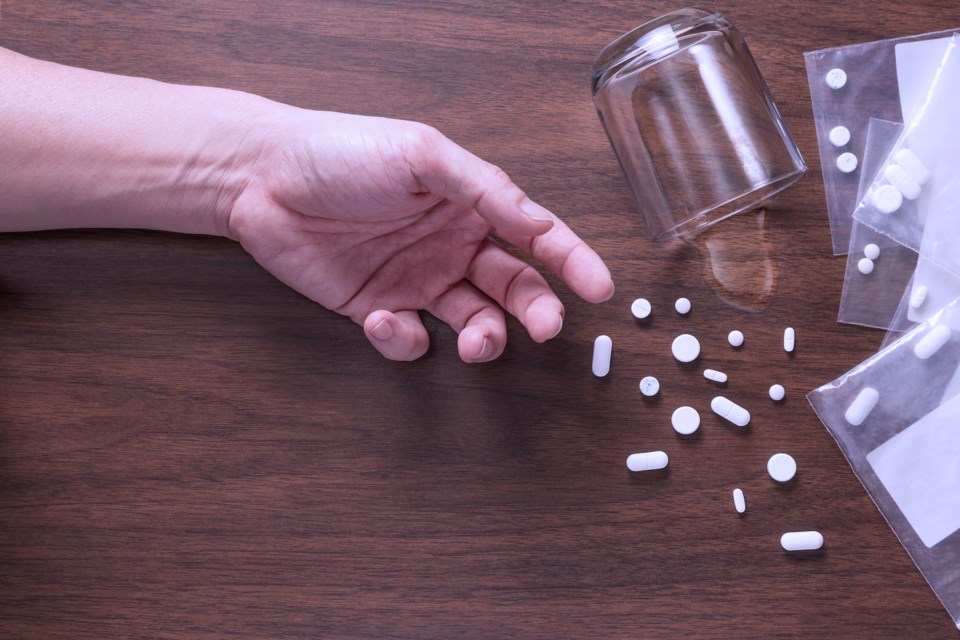NEWS RELEASE
PORCUPINE HEALTH UNIT
*************************
Recently there has been a lot of attention focused on drug addiction and overdoses. The Timmins and Area Drug Strategy (TADS), a group with members from various organizations, is working to address these concerns here in Timmins.
Marisa Bedard, public health nurse and chair of the group, says that although the ultimate goal of the group is to create a community-wide drug strategy, there are things residents can do right now to help. “We want people to recognize the signs of an opioid overdose and not to ignore them or assume it’s something less serious.”
Opioid overdoses are the third leading cause of unintentional death in Ontario, claiming 734 lives in 2015. All drugs can cause an overdose, including prescription medications or street drugs.
Opioids are drugs that help relieve pain, but they also slow down your breathing and heart rate. An opioid overdose can be fatal because the person stops breathing and their heart stops beating. “Opioid medications should only be taken as prescribed and should never be shared with others: one pill can kill,” states Bedard.
Signs of an opioid overdose can include any of the following: shallow breathing or not breathing at all, not responding to shaking or shouting, unconsciousness, pin-point pupils, and blue lips or fingertips. Learning the signs of overdose and reacting quickly could save a life.
Bedard says that when an opioid overdose is suspected, call 911 and start CPR immediately. If you have access to naloxone, an opioid antidote that temporarily reverses the overdose, give it. It won’t hurt and may help to save a life.
“Naloxone receives a lot of attention in light of the opioid overdose crisis,” states Bedard. “Although naloxone is an important and potentially life-saving tool, it is only one part of a larger strategy to address overdoses. The public can help prevent these tragedies by recognizing the signs of overdose and responding quickly.”
The Timmins and Area Drug Strategy is a community group with members from various organizations, working collaboratively to reduce the range of harms associated with substance misuse.
This statement represents the position of the majority of members and does not necessarily reflect the position of any particular organization or agency.
*************************



